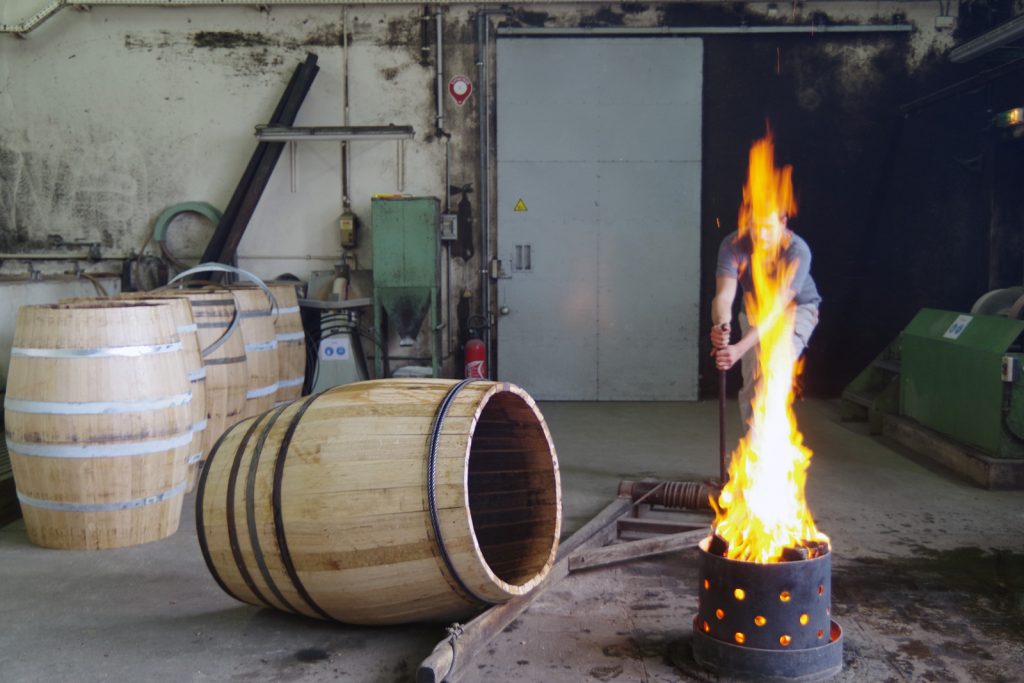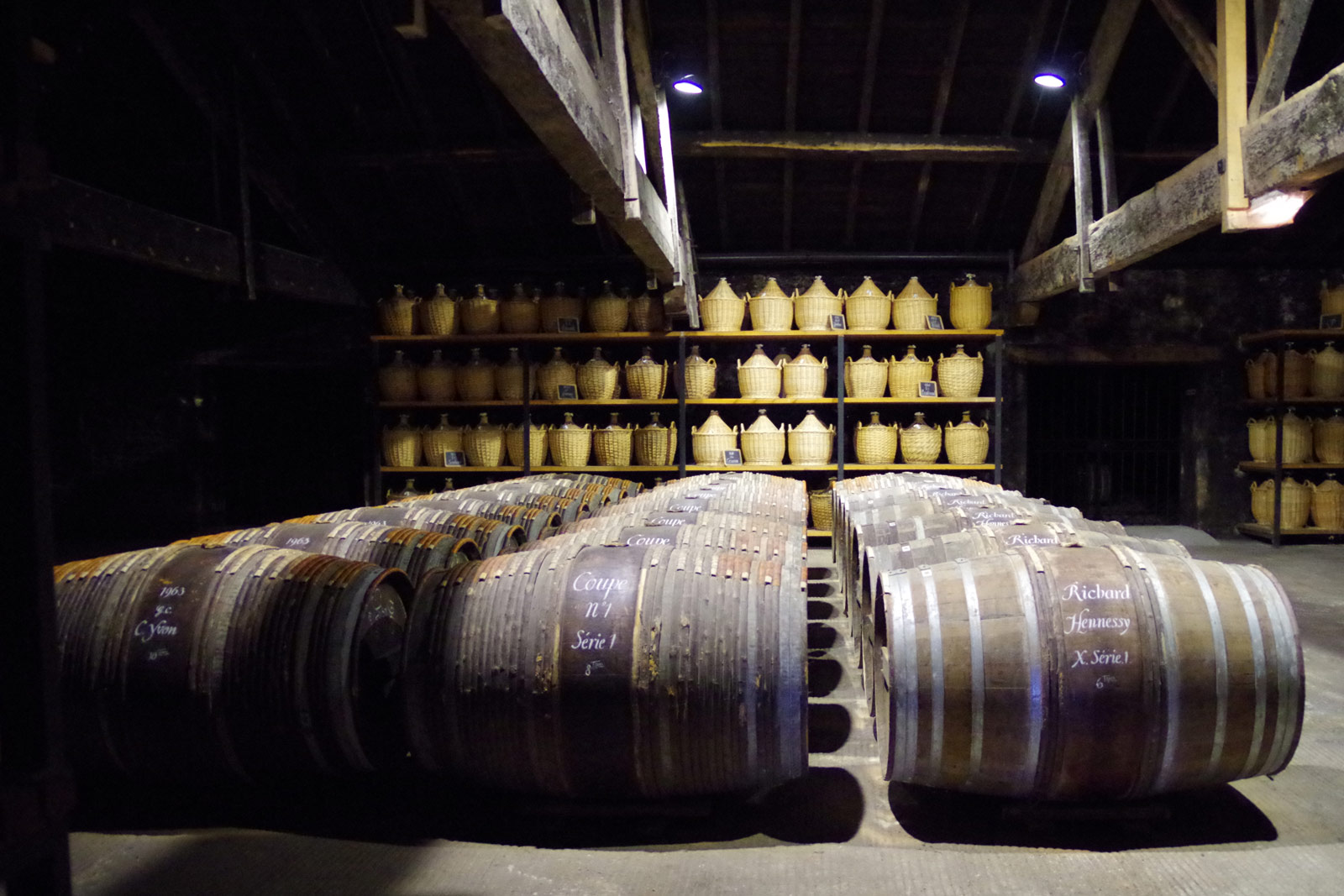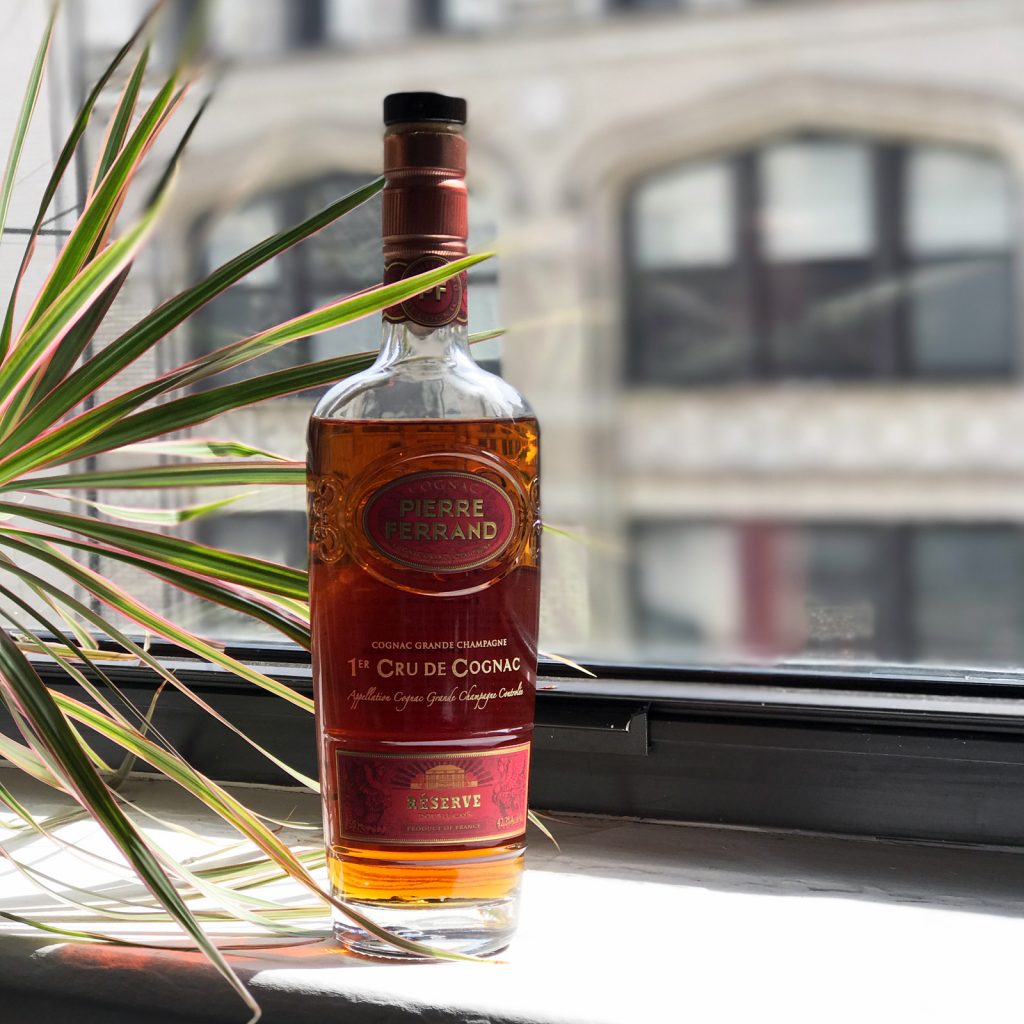In the Heart of Cognac, Hennessy
Exploring the facilities, characteristics and classifications of the centuries-old brand

When was the last time you had cognac? We ask this because, as with many other brown spirits, cognac consumption is on the rise in America. Perhaps it was in a classic cocktail—a Sidecar or a Sazerac or even an Alexander. Maybe one was savoring it neat in a snifter. If not, that’s also understandable; information about cognac does not appear as prevalent as that about whiskey or scotch or even rum. Many younger consumers might not even be aware that French law—an Appellation d’origine contrôlée—lays out requirements for cognac classification much like it does with champagne.
To start at the beginning: Cognac is a brandy. It must, however, be from a designated region, at least double-distilled in copper from specific white wine grapes and aged at least two years in French oak barrels. And then, legal age statement classifications extend forth—the VS, VSOP and XO we’ve seen on bottles from the brands that tend to define our perception of cognac. For a deeper dig into the characteristics, we visited the town—and Hennessy‘s facilities there.

When walking through the fields of “Grande Champagne,” the most prestigious sub-region to Cognac, one immediately becomes aware of the commanding power of nature. With whiskey, grain becomes distilled. With rum, it’s sugarcane. Cognac, however, hails from the Ugni blanc grape (among a few other varietals). Much like with the worlds of wine, you can’t help but feel the delicacy of it all. This growing season saw hail; too much rain or too much sun can cripple the berries (botanically, grapes are berries). It’s also fascinating to think of these fields ultimately yielding something that (after many years) turns into an 80 proof spirit on liquor shelves around the entire world—at such an extensive volume. But such is the case. A nibble of a fresh grape reveals an important crispness and acidity that ultimately translates into cognac.

Hennessy is not a grape-grower or winemaker. Rather, they draw eau de vie (distilled spirit from white wine) from growers and producers across some of the six clay-heavy sub-regions in Cognac. They value their partnership with the growers, and often are called in to advise on developments or disruptions. Some of their growers they’ve worked with for decades. In fact, Hennessy has 3,500 partners in the region, and they are constantly moderating those relationships, analyzing growth with expertise and determining whether or not the grape and resulting eau de vies are products they can work with. A bad eau de vie cannot yield a good cognac, and thus, it has no place in Hennessy.

Hennessy does select wines, as well, and produces eau de vie in house. They have dozens of copper pot stills in Cognac. There, they double-distill, a process that takes 24 hours per batch and is carefully supervised by the master distiller. The goal here is to concentrate the aromas of the wine as the proof rises. Then comes the aging process. As French oak is required by law, some of the Hennessy casks are composed of staves made from their own (sustainable) forests in the Limousine area of France—which they purchased 42 years ago. Trees must be over 80 years old before being cut, so other carefully-selected suppliers are involved. Hennessy does use new barrels for aging, but also employs older barrels categorized by an age-based grading system which corresponds to how much flavor they will impart on an eau de vie. An in-house cooperage (very rare in the world of cognac) doesn’t build casks but repairs them and documents their state. Maturation is closely moderated, as there are many potential expressions the aging eau de vie can find itself in.

While in Cognac, we sat down with Yann Fillioux, Hennessy’s Master Blender and a member of their tasting committee. Remarkably, Fillioux is the seventh generation in his family to create Hennessy cognac. Beyond overseeing quality on their expressions, he developed both Richard Hennessy—one of the most exclusive cognacs in the world—and Paradis Imperial, a luxuriant blend we tasted that retails in the thousands. When asked how to define what he does, Fillioux shares, “It is my job to prepare the future of Hennessy. I want to transmit the best heritage possible to the future generations. One day, you are the given the key. You become the master blender and the blends both present and future depend on your propositions.” As Fillioux works with cognacs set into motion decades ago (as well as many produced under his watch), those who come next will most certainly work with what he has made.

“You don’t create cognac as an art,” he continues. “What you want to do is build consistency of quality. We taste and select, and with these notes we build. If there is one part which is most important, it’s tasting.” Every day of the work week, Fillioux and others in the tasting committee sit down at 11:15 and taste 50 samples. It takes 10 years of training to join such a committee and have the knowledge to speak of these flavor profiles. “The recipe is the cognac you buy,” he explains. “But an accurate tasting is the basis of everything.” Very rarely, if there is one barrel that has such high potential, the tasting committee saves it. Sometimes for 50 years, sometimes for over 100. In their store hold, barrels date back to the 1800s.

According to the Bureau National Interprofessionnel du Cognac (BNIC), there are standards for different cognac classification. Hennessy produces cognacs at all of these tiers. Their full-bodied VS (or Very Special, aged at least two years) contains both citrus and fruit notes, with the French oak lending vanilla flavor. One step up, the VSOP (or Very Special Old Pale, aged at least four years) delivers more spice and fruitiness with greater depth. According to Fillioux, “When you buy VSOP, it is not older VS. There is something extra—there’s a higher level selection of cognac within.” The VSOP recipe is approaching its 200th birthday. There are also the aforementioned super premium iterations, but another two stand out, as well.

For a year now we’ve been playing with Hennessy Black for its mixability. When it comes to cocktails, Black certainly makes the best case. There’s a mellowness that still holds its own when stirred up with mixers. But our personal favorite happens to be the XO. This BNIC-approved categorization was actually invented by Hennessy in 1870. It stands for “Extra Old” and 10 years of aging is required. The spiciness feels more fresh here, as if it were derived from garden peppers. But there’s an undeniable sweetness that lasts to the very end. It’s smooth to the point that anyone who’s not certain they’ll like cognac should start right here.
Product shot by Nduvho Muthivhi, Warehouse photograph by Julia Hasse, all other images by David Graver












